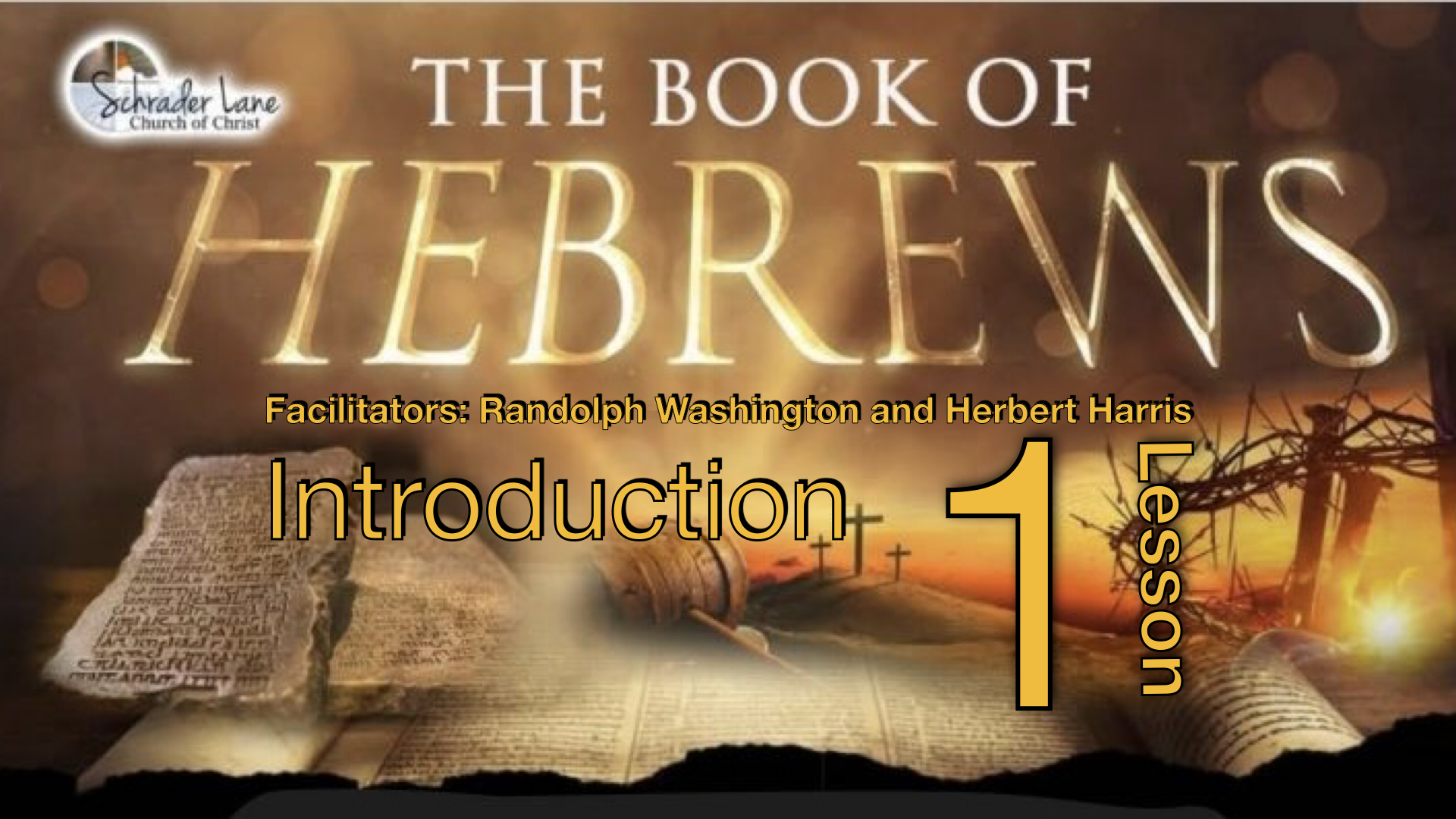Overview
This lecture introduces the Book of Hebrews, focusing on its historical background, authorship theories, date, purpose, audience, structure, main themes, and key terms to lay a foundation for deeper study.
Historical Background & Context
- The Book of Hebrews was written for Jewish Christians facing pressure to return to Judaism.
- Early Christian preaching was centered in Jerusalem and directed mainly toward Jews.
- Persecution, especially under Nero in AD 64, forced Christians out of Jerusalem and led to the gospel spreading.
- The destruction of the Jerusalem Temple in AD 70 marked the end of the Jewish sacrificial system.
Authorship & Date
- The author of Hebrews is unknown; early traditions attribute it to Paul, Barnabas, Apollos, Luke, or Clement.
- Paul’s authorship is widely doubted due to different writing style and lack of self-identification.
- Barnabas was an apostle of the priestly tribe of Levi and possessed qualifications for authorship.
- Apollos, suggested by Martin Luther, was a learned Jewish Christian from Alexandria.
- Most scholars date Hebrews before AD 70, likely between AD 63-69, because the Temple's destruction is not mentioned.
Purpose & Audience
- Main purpose: Encourage Jewish Christians to remain faithful to Christ and not revert to Judaism.
- The recipients were likely a known group of Jewish Christians, possibly in Rome, experiencing discouragement and neglecting worship.
- The letter compares Christianity and Jesus to Judaism to prove Jesus’ superiority.
Structure & Main Themes
- Hebrews divides into two main parts: Jesus' superiority (Ch. 1–10:18) and the glory of the church (Ch. 10:19–end).
- Themes include Jesus as superior to prophets, angels, Moses, Aaron, and as fulfillment of the Old Testament.
Key Terms & Definitions
- Judaizers — Jewish Christians demanding Gentiles adopt Jewish customs before becoming Christians.
- Heirs — Individuals legally or spiritually designated to receive an inheritance.
- Last Days — The final era from Pentecost until Christ’s return, following the flood (post-diluvian period).
- Radiance — Jesus is described as sharing the same divine nature as the Father, not merely reflecting but embodying God’s glory.
- High Priest — A mediator between God and people; Jesus is presented as the ultimate high priest.
- Angels — Powerful, intelligent spiritual beings created by God to serve His purposes; not divine or to be worshipped.
Action Items / Next Steps
- Read Hebrews Chapter 1 before the next session.
- Review and memorize key terms and their definitions for discussion.
An introduction to the book of Hebrews. It’s purpose, key terms, historical context,
Hebrews — Introduction — Lesson 1
Choose a mode and theme. Click Start Quiz to begin.
“Long ago, at many times and in many ways, God spoke to our fathers by the prophets, but in these last days he has spoken to us by his Son…” — Hebrews 1:1–2 (ESV)
Mode
Lesson 1 Quiz
Mode: Comprehension
0/0 answered
Correct: 0
Loading…
Your Results
0 / 0
Great effort!
Copied to clipboard

